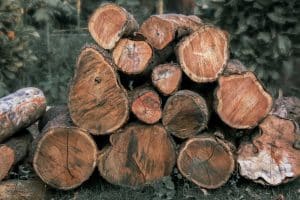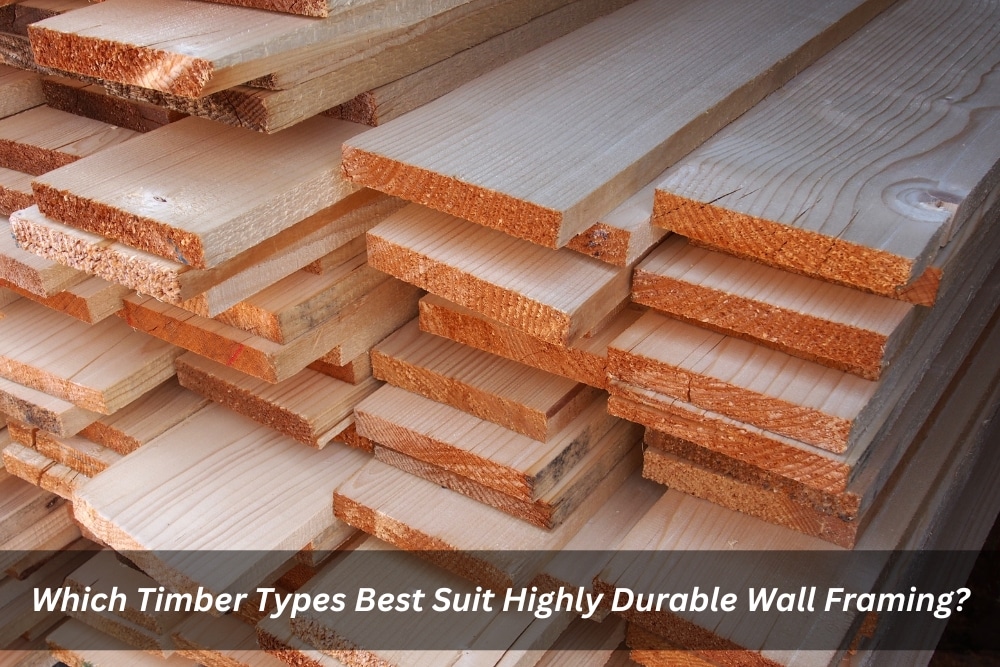Building strong, resilient walls is crucial for any structure. But when it comes to durability, not all timber is created equal. Choosing the right timber for your wall framing goes beyond aesthetics – it’s about safeguarding your investment and ensuring long-lasting performance. So, before you hammer the first nail, let’s explore the timber types that truly excel in durability for wall framing.
What makes timber wall framing so popular? Timber offers a unique blend of strength, flexibility, and natural beauty that’s hard to replicate with other materials. It’s readily available, renewable, and can be treated for enhanced durability and resistance to various elements. However, navigating the vast array of timber types and their suitability for highly durable wall framing can be daunting.
What are the key considerations for highly durable wall framing timber?
Building with durable timber isn’t just about picking the toughest-looking wood. Here are the critical factors to consider:
Durability
Australia’s diverse climate throws varied challenges at timber. Consider:
-
- Durability class: Opt for timbers with a high durability class rating. Class 1 and 2 timbers, like Jarrah and Blackbutt, excel in resisting decay and termites, ideal for exposed framing.
- Treatment: Pressure-treated timber like H3-treated pine offers enhanced protection against termites and decay for most internal and external applications.
- Natural durability: While treated options dominate, naturally durable timbers like Ironbark and Spotted Gum provide exceptional resistance, especially for high-exposure areas.
Strength
Wall function determines strength requirements. Consult the Australian Building Code for specific spans and load capacities needed. Here’s a quick guide:
-
- Non-load-bearing: Treated pine, Hoop Pine, or LVL beams are suitable for internal walls not supporting roofs or floors.
- Load-bearing: Structural hardwoods like Blackbutt, Ironbark, or engineered wood products like LVL or glued laminated timber (glulam) are ideal for load-bearing walls.
Resistance
Australia’s harsh sun, rain, and bushfires demand resilient choices:
-
- Moisture Resistance: For exterior walls, prioritise naturally resistant timbers like Western Red Cedar or treated options like H3-treated pine. Cladding choices can further enhance protection.
- Fire Resistance: The Australian Building Codes Board outlines fire resistance requirements based on wall location and building type. Fire-treated timber or naturally fire-resistant species like Spotted Gum might be necessary.
- Termite Resistance: Termites are a major concern in many regions. Opt for naturally resistant timbers, H3-treated options, or termite barriers for complete protection.
Which timber types excel in durability for wall framing?
Now, let’s delve into specific timber types that stand out for their durability:

- Softwoods:
-
-
- Pine, Spruce, and Fir: While these popular softwoods offer affordability, their natural durability varies. Pressure-treated versions significantly enhance their resistance to rot and insects, making them suitable for many wall-framing applications.
- Western Red Cedar: This naturally durable softwood boasts exceptional resistance to moisture, decay, and insect damage. Its warm tones and stability make it popular for both interior and exterior wall framing.
-
- Hardwoods:
- Oak, Mahogany, and Ipe: These hardwoods are champions of strength and durability. They naturally resist rot, decay, and insects, but come with a higher price tag. They’re ideal for high-performance walls and demanding environments.
- Engineered Wood Products (EWPs):
-
- Laminated Veneer Lumber (LVL) and Glulam Beams: These engineered products are crafted from bonded wood layers, resulting in exceptional strength, dimensional stability, and resistance to warping. They’re perfect for large spans and load-bearing walls.
How do you choose the right timber for your specific wall framing project?
Picking the perfect timber for your wall framing goes beyond just browsing the lumberyard. Here’s how to break down your specific needs and make an informed decision:
Know your wall’s mission
- Interior or Exterior? Exposure to weather elements like rain and sun drastically changes the game. Exterior walls need moisture-resistant timbers like Western Red Cedar or treated pine.
- Load-Bearing or Non-Load-Bearing? Load-bearing walls support the weight of the roof and other structures. Opt for sturdy options like hardwoods, LVL, or glulam beams. Non-load-bearing walls have more flexibility, allowing for cost-effective choices like pressure-treated softwoods.
- Any Special Requirements? Consider fire resistance needs, aesthetic preferences, or sustainability goals. Fire-treated lumber or naturally fire-resistant hardwoods like mahogany might be necessary in specific cases.
Navigating the regulatory maze
Building codes vary significantly across regions. Don’t get caught off-guard!
- Consult local building codes: These dictate approved timber types, treatments, and dimensions for your project.
- Talk to your local timber supplier: They have expertise in regional regulations and can recommend compliant options.
- Consider permits and inspections: Ensure your chosen timber aligns with any required permits and adheres to inspection standards.
When in doubt, seek expert help
Complex projects or tight budgets often benefit from professional guidance:
- Architects and engineers: Their expertise can ensure structural integrity and compliance with codes. They can also suggest suitable timber solutions based on your specific design and needs.
- Timber merchants with experience: Reputable merchants offer valuable insights into available timber options, regional nuances, and cost-effective solutions.
Bonus Tip: Don’t be afraid to ask questions! Whether it’s your local building inspector, architect, or timber merchant, their knowledge can be invaluable in making the right choice for your project.
Remember, choosing the right timber isn’t just about picking the strongest or most expensive option. It’s about finding the perfect fit for your project’s needs, complying with regulations, and ensuring long-lasting performance. By following these steps and seeking expert advice when needed, you can build with confidence and create a durable, resilient wall framing that stands the test of time.
Building with confidence
By understanding the key considerations and exploring the available timber options, you can make informed choices for your wall-framing project. Remember, durable timber translates to a robust, long-lasting structure, ultimately providing value and peace of mind. So, invest in the right timber, and build with confidence!
Now that you’re equipped with the knowledge to navigate the world of durable timber wall framing, it’s time to turn your vision into reality. At K1 Carpentry, we understand the importance of selecting the right timber for your project’s specific needs and Australian climate.
Our team of experienced professionals are passionate about using the right timber for the job. From understanding durability ratings and local regulations to guiding you towards sustainable and cost-effective options, we can help you build a structure that stands the test of time.
Don’t let concerns about timber selection hinder your project. Contact us today for a free consultation. We’ll answer your questions, assess your specific needs, and recommend the perfect timber solutions for your wall framing project. Allow K1 Carpentry to assist you in selecting durable timber for enduring strength and peace of mind.

